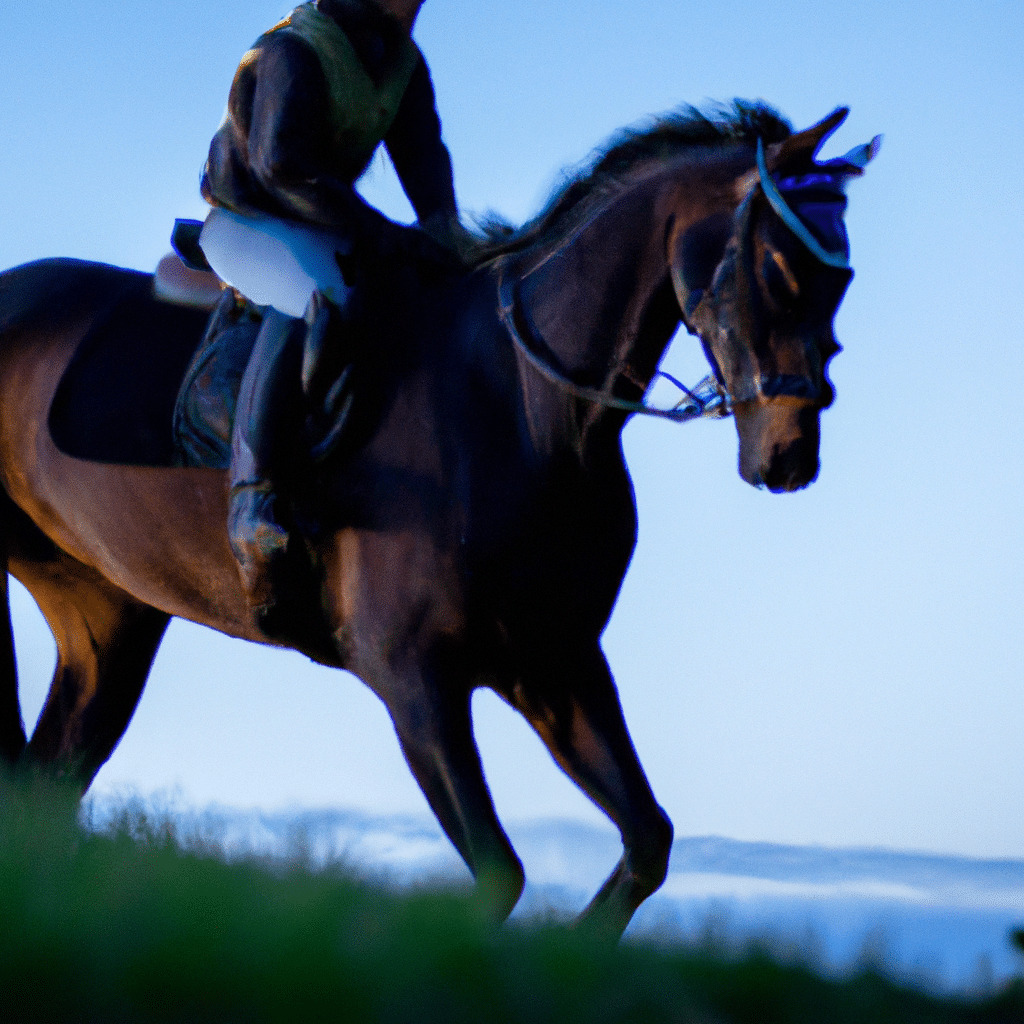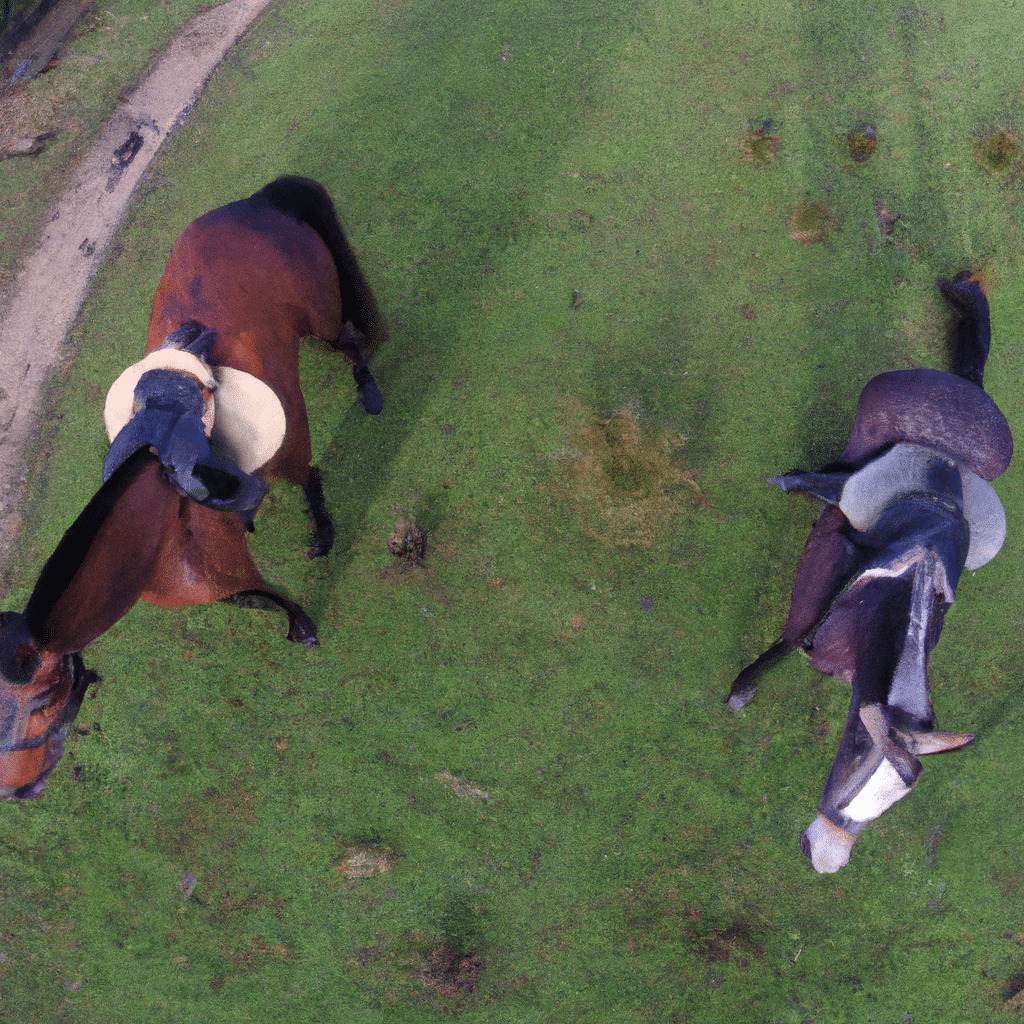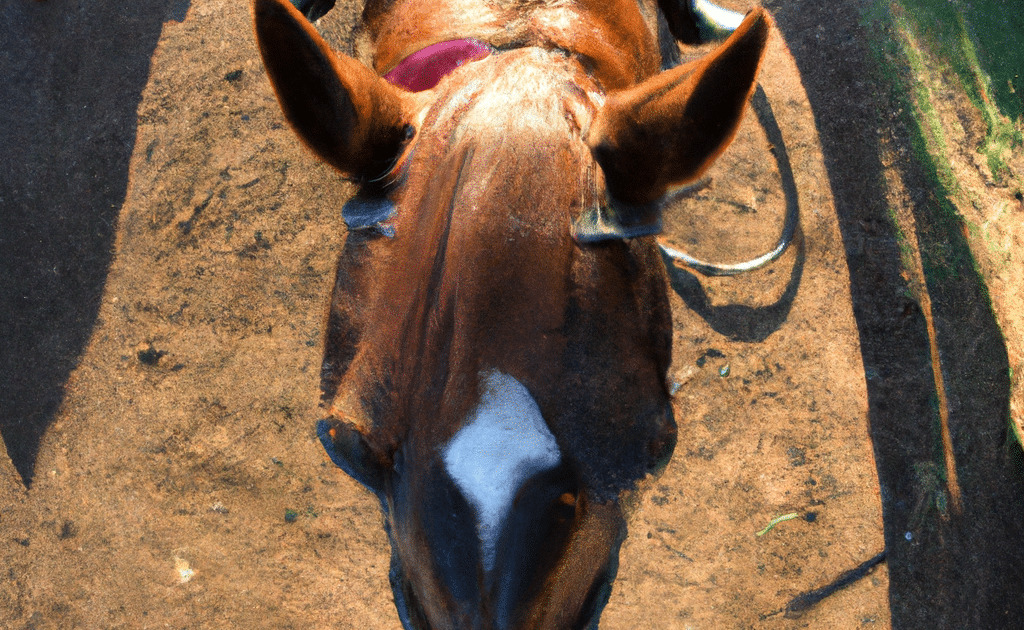Conquering Time Zones: Preparing for Endurance Rides in Different Time Zones
Mastering the Art of Endurance Riding Across Time Zones

Endurance riding, a thrilling sporting event that pushes both horses and riders to their limits, requires meticulous preparation. When it comes to participating in endurance rides in different time zones, additional challenges arise. However, with careful consideration and a few smart strategies, riders can conquer these obstacles and come out on top.
One of the most crucial factors to keep in mind when preparing for endurance rides in different time zones is adjusting your internal clock. Our bodies have a natural rhythm, governed by our circadian rhythm, which tells us when to sleep, wake, and eat. Crossing multiple time zones disrupts this rhythm, leading to fatigue and decreased performance. Gradually shifting your sleeping and eating patterns a few days before the ride can help your body adapt to the new time zone and perform at its best.
Prioritizing sleep is paramount in maintaining optimal performance during endurance rides in different time zones. Aim for at least 7-8 hours of quality sleep per night leading up to the event. This ensures proper rest and recovery, allowing your body to recharge and prepare for the physical demands of the ride. Avoid caffeine and electronic devices before bedtime, as they can interfere with sleep quality and make it harder for you to fall asleep.
In addition to sleep, nutrition plays a vital role in your ability to tackle endurance rides in different time zones. Adjusting your meal times to align with the local time zone is essential. Gradually shift your eating schedule a few days before the ride, so your body can acclimate to the new routine. Opt for balanced meals that provide a mix of carbohydrates, protein, and healthy fats to fuel your ride and support muscle recovery. Stay hydrated by drinking plenty of water throughout the day, even when you’re not thirsty.
Strategic planning is also crucial when preparing for endurance rides in different time zones. Familiarize yourself with the local time zone and plan your training sessions accordingly. If possible, try to arrive a few days before the ride to give yourself time to adjust and acclimate. Take advantage of natural sunlight to reset your internal clock and spend time outdoors to combat fatigue and jet lag. Gradually increase your training intensity and duration in the new time zone to build endurance and adapt to the local conditions.
In conclusion, conquering time zones and preparing for endurance rides in different time zones requires careful adjustment and strategic planning. Prioritizing sleep, nutrition, and hydration are key factors in maintaining optimal performance. By gradually adapting to the new time zone and following a well-thought-out plan, riders can overcome the challenges and achieve success in their endurance rides across different time zones.

- Adjustment is key when preparing for endurance rides in different time zones
- Sleep, nutrition, and hydration are vital to maintain optimal performance
- Gradual adaptation and strategic planning are essential for success
Mastering the art of preparing for endurance rides in different time zones is no easy feat, but it is certainly attainable. With proper adjustment, planning, and attention to essential factors like sleep, nutrition, and hydration, riders can conquer the challenges and emerge victorious in their pursuit of excellence. So, are you ready to take on the world, one endurance ride at a time?
Are you prepared to go the distance in endurance riding across different time zones?

